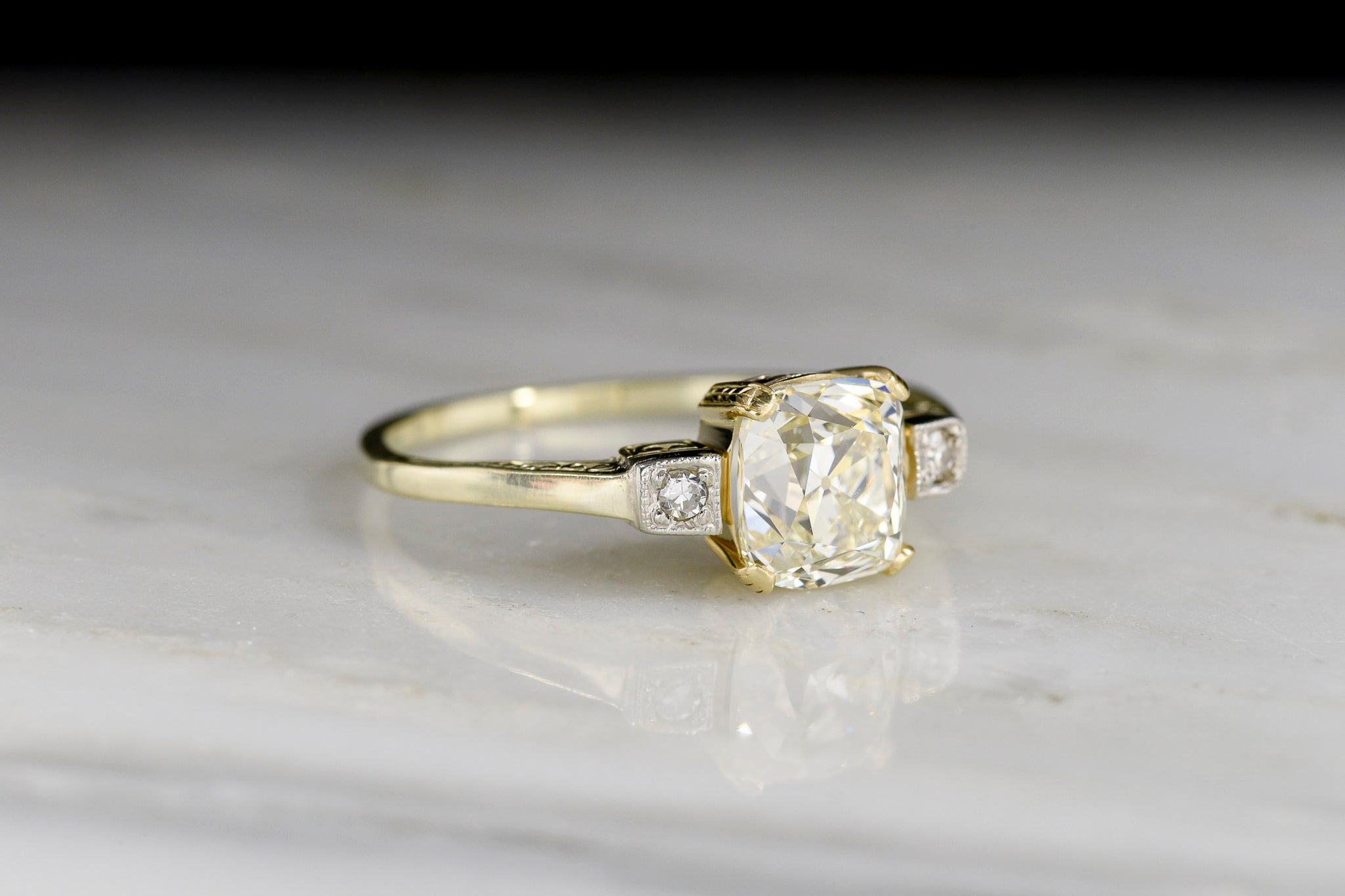Gallstones are hard deposits of bile in your gallbladder. The gallbladder is a small, pouch like organ just under the liver. Gallstones sizes can range from that of a grain of sand to that of a golf ball. The presence of gallstones is a phenomenon called Cholelithiasis.
If you experience any of the signs and symptoms of Cholelithiasis, make get yourself checked by the best stomach specialist in Karachi or your area.
Causes
While the exact causes of gallstones remain unknown, doctors believe they result when:
- The Bile contains too much cholesterol: Bile is needed by your body to dissolve the cholesterol excreted by the liver. However, if there is an excessive excretion of cholesterol by the liver, the bile will not be able to dissolve it all. This would then result in the formation of crystals and stones of the extra cholesterol.
- The Bile contains too much Bilirubin: Bilirubin is a chemical produced by the body to help break down Red Blood Cells (RBCs). However, certain conditions cause the liver to make too much bilirubin (such as liver cirrhosis, biliary tract infections and certain blood disorders).This excess bilirubin leads to gallstone formation.
- The gallbladder doesn’t empty properly: In order for the gallbladder to function properly, it needs to empty its bile content .If the gallbladder does not empty completely or often enough, bile may become very concentrated, contributing to the formation of gallstones.
Symptoms
Certain types of gallstones show no signs. However, common symptoms include:
- Sudden and rapidly intensifying pain in the upper right portion or center of the abdomen
- Pain in the right shoulder
- Back pain between the shoulder blades
- Indigestion
- Vomiting
- Nausea
- Diarrhea
- Heartburn
- Gas
- Burping
- Dark urine
- Clay-colored stools
- Fever and chills
- Yellow skin or eyes
Treatment
In many cases, gallstones do not require a treatment. Some stones may also pass through the body on their own. In other instances, patients may be given medication for the dissolving of the stones. However, in other instances, there is a need to surgically remove the gallbladder via the following two procedures:
- Laparoscopic cholecystectomy: This is the most common surgery for gallstones. A narrow tube containing a small camera and light, called a laparoscope, is passed into the belly through a small cut. With the help of another small cut, the doctor removes the gallbladder. Usually patients are sent home the same day.
- Open cholecystectomy: Bigger cuts are made in the belly by the doctor and patients often have to be admitted in the hospital for a couple of days post surgery.
This article can help provide you with preliminary information about gallbladder stones, there symptoms, causes, and how they can be treated. However, for a prompt and correct treatment it is absolutely essential that professional help is sought. In order to do that, please consult the best stomach specialist in Islamabad or your area of residence at your earliest.





More Stories
Ruching Equals an Awesome Style Option For Fuller Figures
Fashion Belts For Women – The Right Ways to Wear a Belt Without Looking Fat
High Heels – The Power And The Glory